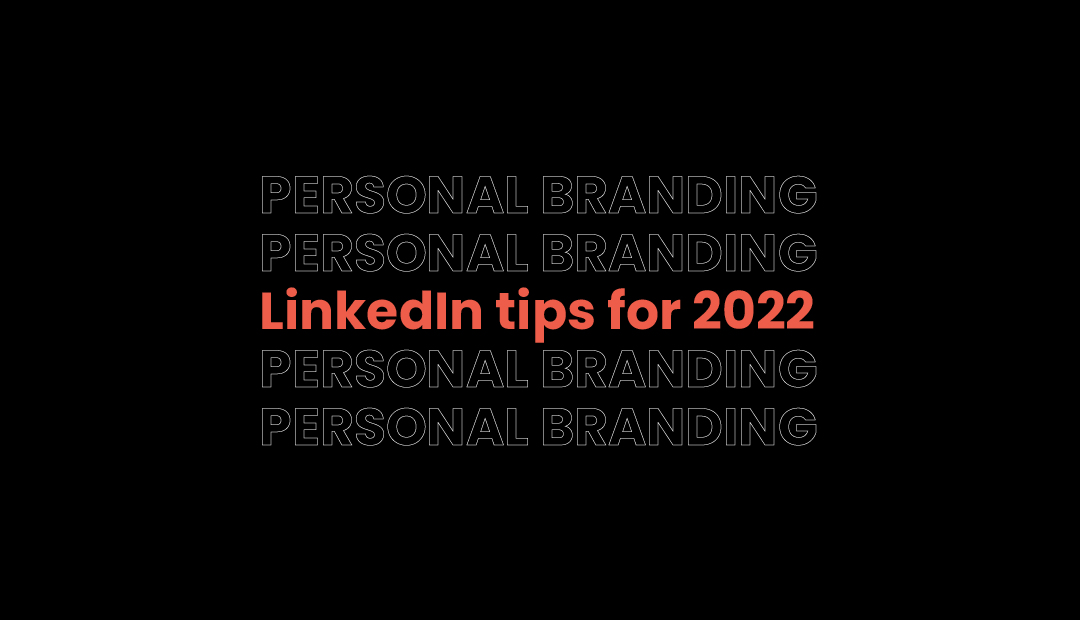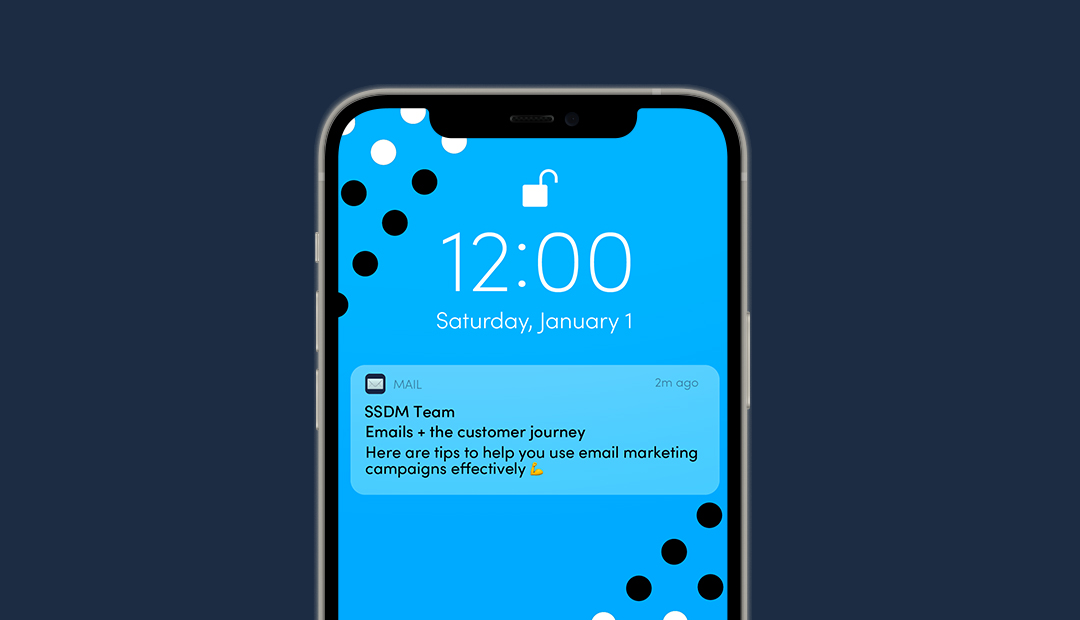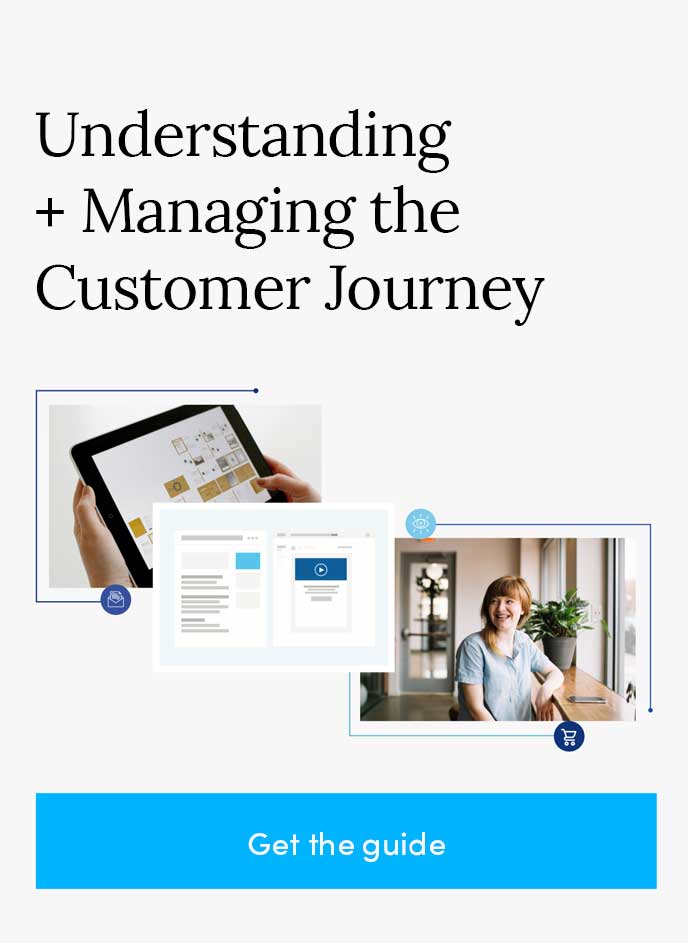Have you ever seen a fast-food chain poke fun at its competitors on Twitter? Or maybe a professional sports team is feuding with its opponent before a big game? These brands have created unique identities, personalities and highly specific content guidelines.
Building a brand
A brand’s identity is the way in which a company wishes to be seen by the public. Your brand’s image, however, speaks to how customers perceive the heart of the company rather than just the products or services being sold.
These days, brand development and content creation go hand-in-hand. That means a brand should have a “personality” that is both relatable and identifiable. Consistency is key when trying to bulk up your content library, so it’s important to develop guidelines for your internal marketing team.
Why do I need content guidelines?
For starters, establishing clear guidelines ensures that content will always be aligned with your brand goals and curated for your specific audiences – no matter who is responsible for creating or publishing it. Organization-wide content guidelines also can help on the operations level by managing task expectations, streamlining onboarding processes for new team members and communicating needs to external partners or suppliers.
Related blog: How to create engaging, outcomes-driven content
Living by the rules
Most companies use the terms “style guide,” “brand guidelines” and “content marketing guidelines” interchangeably. Ideally, these should be unique resources, but there still will be some information overlaps.
It may seem tedious to outline writing specifications for each copy format but we promise it’s important. These can include a number of different grammar and length requirements, styling and terminology preferences, or sentence structures.
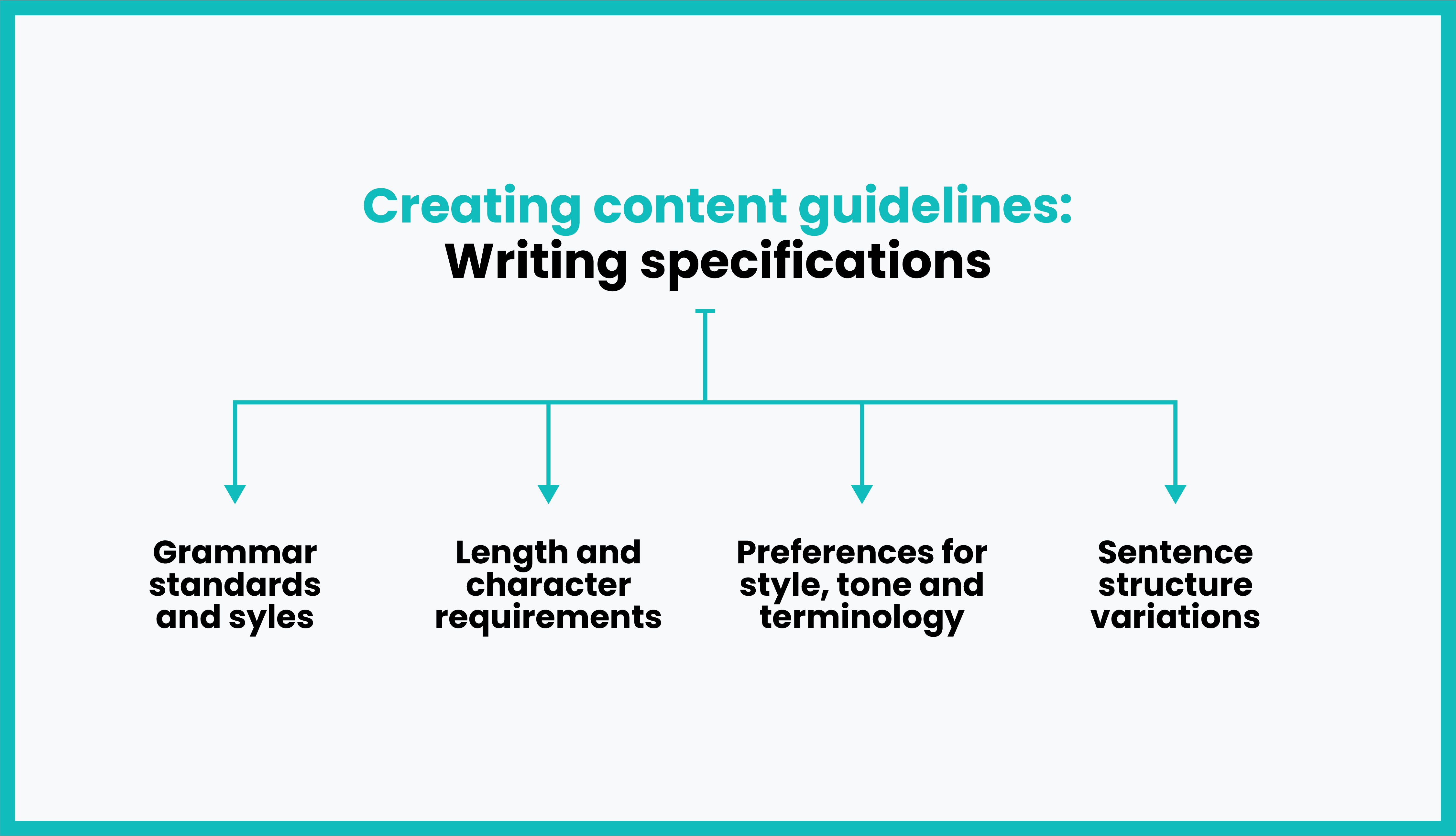
Here are a few examples:
- APA Style (standards set by the American Psychological Association) is pretty common in the field of marketing but you’ll need to determine the minute specific details that best fit your brand and approach.
- Length requirements may be easy when it comes to Twitter, but not every channel will be that simple. Ask yourself if it makes sense to set minimum and maximum word count requirements. If so, define clear copy parameters for your blogs, digital downloads, social media captions, emails and other commonly used communication methods.
- If your brand’s tone is informal, you may want to use contractions and commonly used slang instead of perfectly polished word choices to sound more conversational. Plus, you’ll need to determine how much “industry speak” you plan to include in your content based on the audience you hope to target.
- Sentence structure variation is typically the best option because it keeps your audience on their toes. However, you know your audience best, so don’t be afraid to stick to short and sweet sentences if that’s what they prefer.
Also, you should determine creative assets and design elements. Whether you’re designing a carousel post for Instagram or formatting a new blog post on your website, visualization of the content should be consistent with your brand.
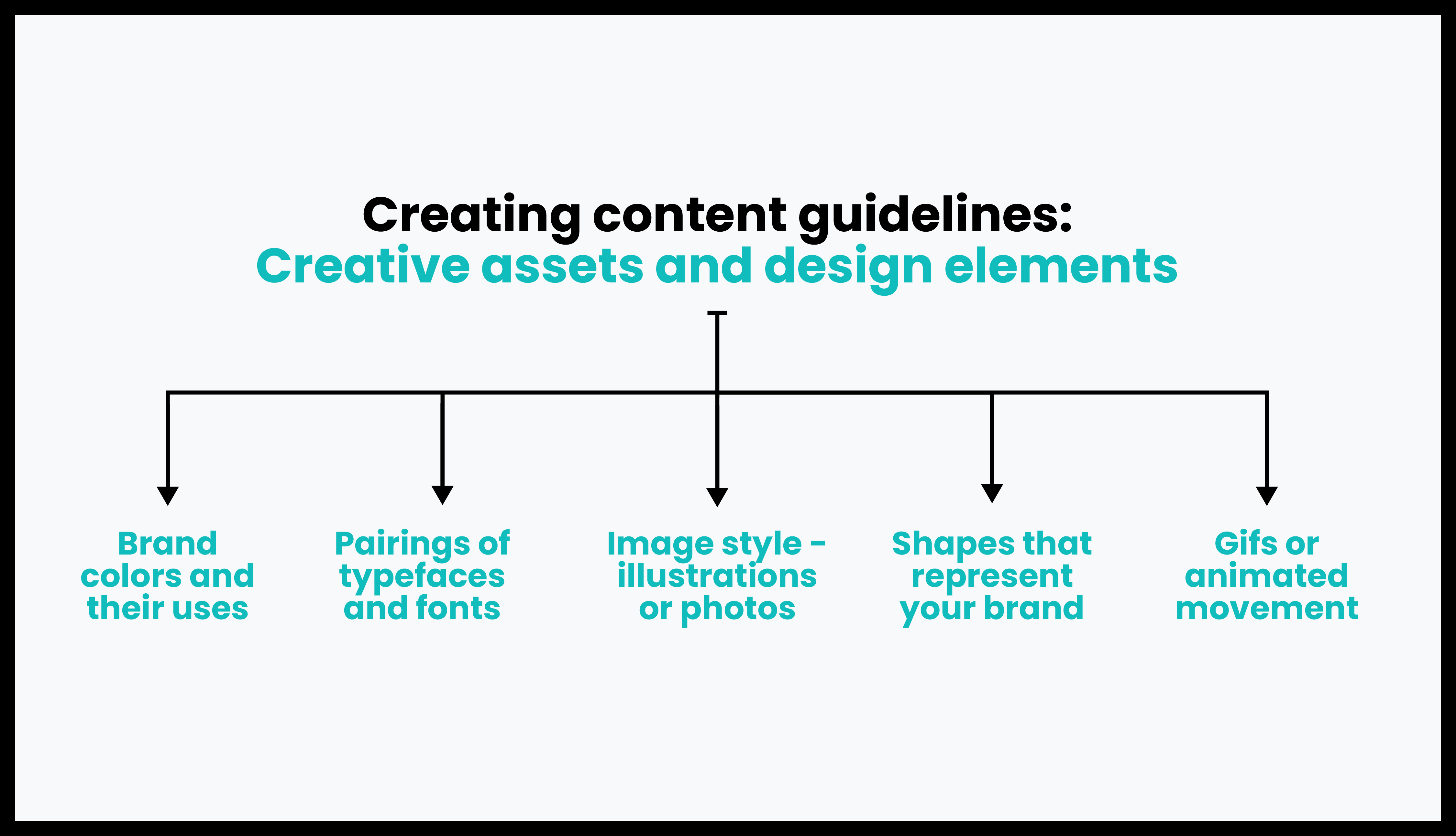
To start, consider setting guidelines for these 5 elements:
- Colors – What are your brand colors and how should they be used on various platforms? Your audience should eventually be able to identify your brand just by the colors.
- Typography – Choose your preferred typefaces and fonts, then define how they should be paired. Which font will be used for headings and which one will be for body copy?
- Images – The graphics you choose say a lot about your brand. Will you add a custom filter to stock photos or hire a photographer to take pictures of your team? Or, will you stick to illustrated graphics and avoid photography altogether?
- Shapes – Clearly identify what shapes represent your brand and industry. Sharp, geometric lines don’t express the same feelings as organic, rounded edges.
- Movement– Keep your audience engaged and interested in your content with moving elements. Are you going to hire someone to create branded animations or are you going to use relatable gifs?
Finding the heart of your biz
Let’s be honest – the most important piece of your content marketing strategy is to gain a deep understanding of your brand’s tone and voice. If you’re not sure how to figure those out, just think of your brand as its own person. What would they sound like? How would they communicate with their friends? Their colleagues? What social platform would they spend hours scrolling through? What values would they stand for?




